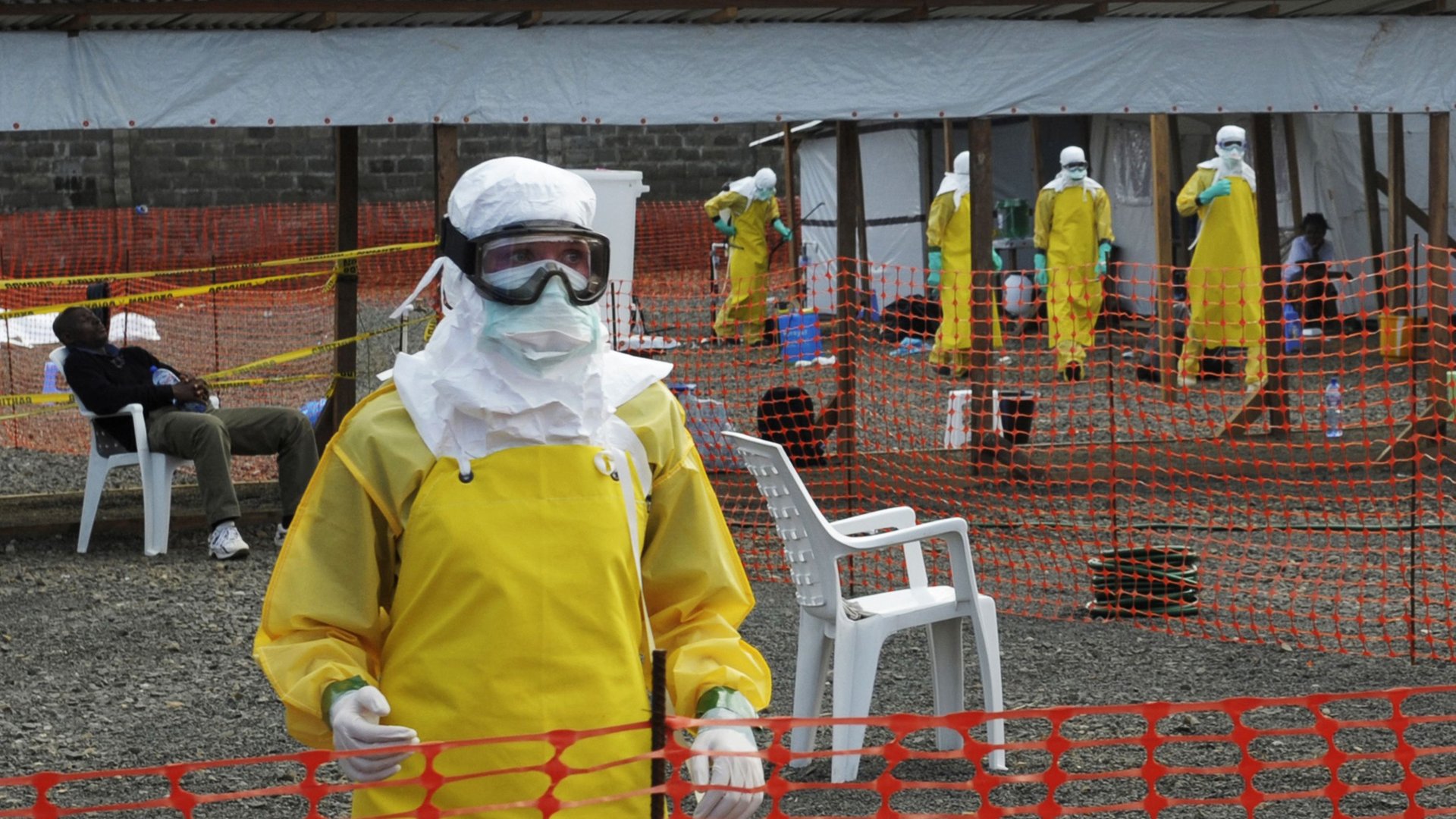This treatment may help in the fight against Ebola—just not the Ebola we know about
In West Africa, the Ebola virus has killed half of those it has infected. Medical personnel have tried desperately to find new drugs that can treat the seemingly untreatable disease.


In West Africa, the Ebola virus has killed half of those it has infected. Medical personnel have tried desperately to find new drugs that can treat the seemingly untreatable disease.
In a new paper, researchers in New York say they’ve developed a drug to treat another, lesser known strain of Ebola, known as Sudan ebolavirus, or SUDV. (The one devastating West Africa is also known as the Zaire ebolavirus.)
Between 30% and 90% of people infected with one of the five Ebola strains die after experiencing symptoms, which include fever, muscle aches, vomiting and bleeding. SUDV, said to be the second most deadly, was first identified in 1976 in Sudan and has caused numerous Ebola outbreaks (most recently in 2012) that have killed more than 400 people in total, according to the World Health Organization (WHO).
The research team, from Yeshiva University’s college of medicine, published their findings in the latest edition of the ACS Chemical Biology journal. The SUDV treatment they developed contains monoclonal antibodies, which are synthetic antibodies designed to target a key molecule on the surface of SUDV called the envelope glycoprotein.
The experimental drug, ZMapp, recently administered to the two infected American aid workers, also contains a combination of three different monoclonal antibodies that bind to the protein of the virus, essentially fighting them off.
“While our antibodies show promise for treatment of SUDV infection, they wouldn’t work against the EBOV outbreak now underway in West Africa,” said co-author Jonathan Lai, Ph.D. in a release on the paper. ”That’s because antibodies that kill off one strain, or species, of Ebola haven’t proven effective against other strains.”
The researchers began the experiment by developing the specific antibodies for mice. These antibodies protected the animals against SUDV infection by binding to the envelope glycoprotein on the surface of the virus. But if used in humans, they explained, these mouse antibodies could destroy the body’s immune system.
As a result, they created a “humanized” version of the mouse antibody by developing variants that changed the structure of the molecule, through a process referred to as “synthetic antibody engineering.” Two of these variants proved successful to fight SUDV in specially bred mice. However, Lai noted that more research needed to be done before the antibody therapy can be tested on humans.